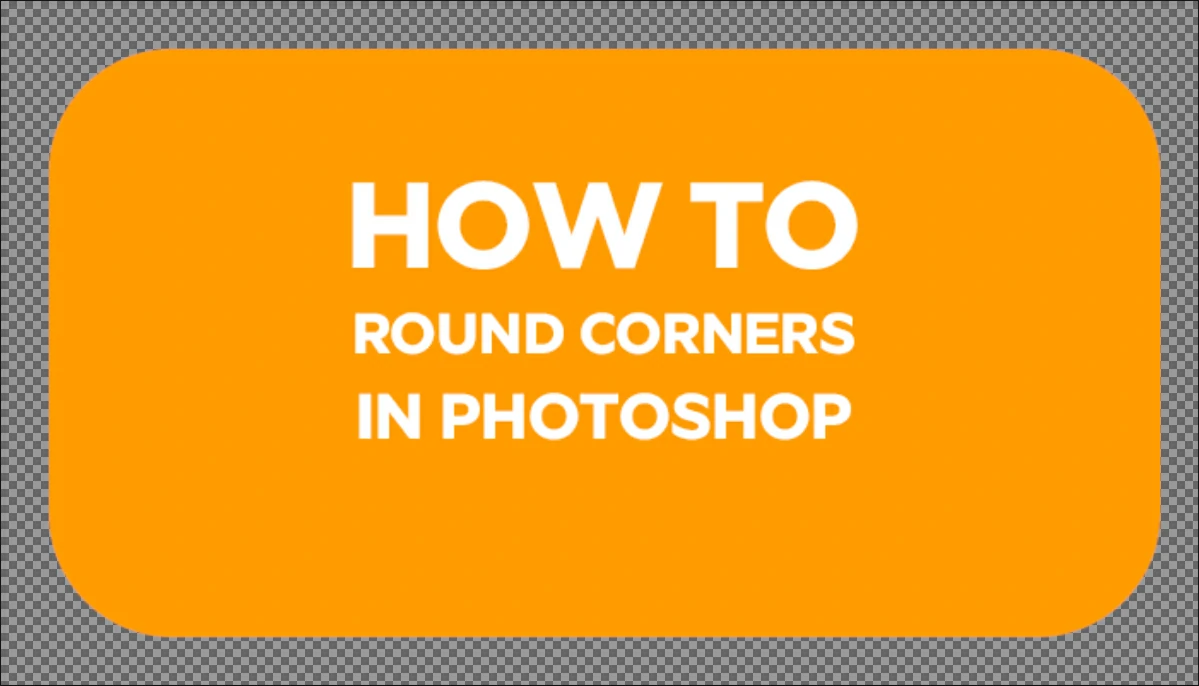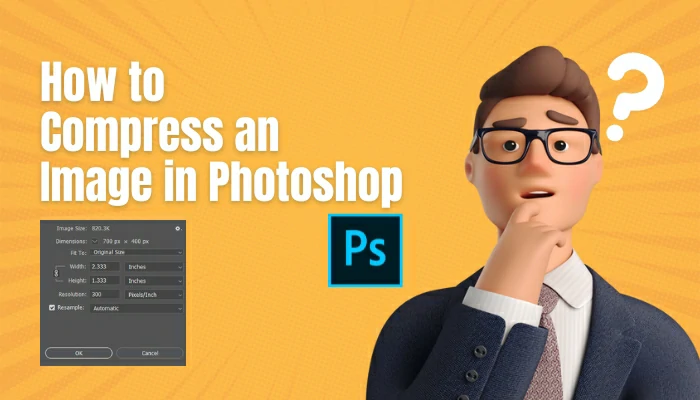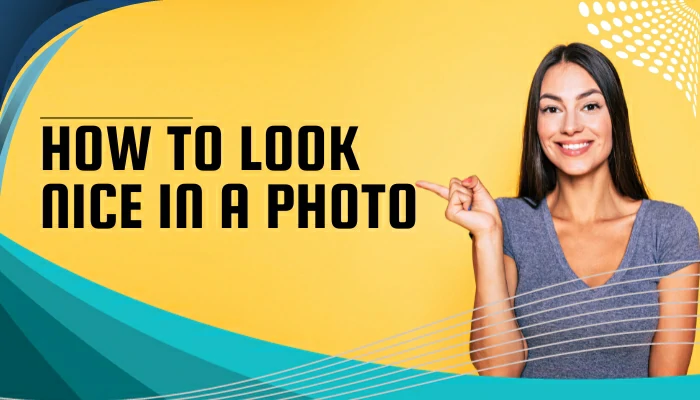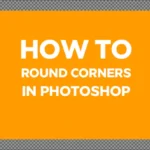What Size Should Ecommerce Product Images Be?
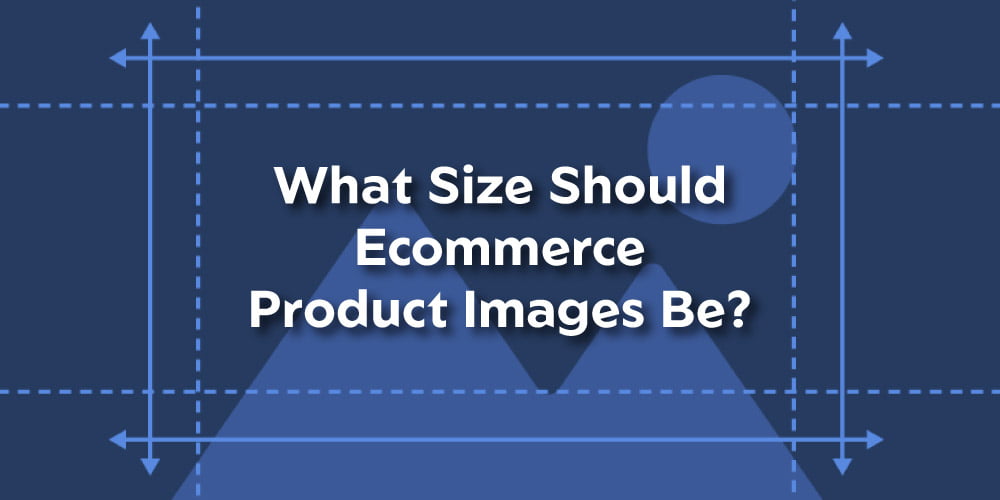
When a product picture on an e-commerce site takes a long time to load, it decreases the number of visitors. A consumer’s shopping experience will be enhanced if he feels comfortable seeing the product picture while shopping with a lower loading time.
A large number of people may visit your e-commerce websites every day. So, knowing the ideal size for eCommerce product images is important. According to experts, 640 x 640 or 800 x 800 pixels is the ideal resolution for photos used on e-commerce product pages.
According to Efelee, 75% of eCommerce shoppers depend on product images to buy products. So, here, as an eCommerce businessman, you cannot take the risk of using the incorrect size of the product image. In this post, we’ll discuss what is the best size for eCommerce product images.
What Factors Do You Consider While Selecting Product Images For Your Ecommerce?
Contents
Product pictures are the main component of an eCommerce store. Additionally, accurate sizes of product images increase the price of any product as well. If you visit several websites, you will see that most successful shops’ websites provide accurate pictures at the proper size.
Here, in this article, the importance of product pages to any e-commerce website is highlighted because product images can convert a prospect into a customer. Here are a few aspects of the product image to consider before deciding on size.
Don’t Drag The Quality Of The Photos
Showcase your product perfectly in a photo and create a positive atmosphere. But certain items may not be appealing without a model. In such a case, those pictures require some extra effort. If a prospect visits your website, he tries to get an idea about your product without any queries.
If you’re selling clothes online, your photographs need to answer questions about the product’s size, shape, color, fabric, and other qualities.
Take Pictures from Various Dimensions
Product pictures with different angles explain a product in detail. Nowadays, customers are more advanced and fashion-oriented. They don’t want to buy such products, which look very obvious. So, a store owner needs to fulfill customer demand in any way possible to provide them with a high-quality multidimensional picture.
Use Models Rather Than Mannequins
Using mannequins all the time can confuse your customers and decrease the quality of your product. Most female customers become choosy and concerned while buying a product online. In such a situation, if you can provide them with a model picture, that can help your customer to get a clear idea of your product. So pick a qualified model to display your goods.
Different Image Sizes For Ecommerce Shops- 4 important sizes
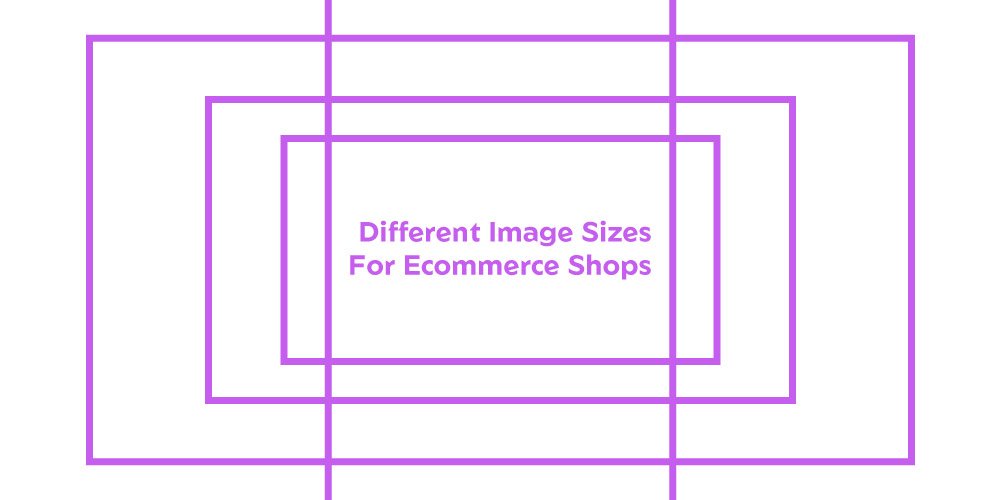
A product picture is a fundamental component of an e-commerce business because it convinces customers to purchase the product without touching it. A properly sized photograph enhances the value of the product description for customers.
However, you may be wondering what image size is all about. When we discuss the size of an image, we mostly refer to its pixel dimensions. Generally speaking, an image’s image size is a function of the picture’s dimensions (height, width, and so on).
The total pixel number and the pixel size are two factors in describing a digital image. Therefore, a picture may have several different megapixels, such as a 12.7-megapixel picture requiring 4368 x 2912 pixels.
Because a buyer in an e-commerce transaction can only see and not touch the product, providing a good size image can easily entice them.
In an e-commerce shop, product photos might vary greatly in terms of quality and resolution. Nonetheless, the product picture is the first thing a virtual shopper sees. They will purchase the product if they see an attractive, nicely sized picture of your product.
Moreover, the size of an eCommerce product’s image is the most important thing to consider when optimizing images. Increasing sales on e-commerce sites are made possible largely by using attractive, well-lit product photographs.
No one will purchase anything from an online retailer if they see a low-quality product photograph on the site. This used to be due to the fact that customers needed to see stunning visuals to be convinced.
Adding a high-quality digital image to an e-commerce site can’t be overlooked at any time. Make sure your photographs are ready for the eCommerce shop before uploading them.
Here is information about the different sizes of eCommerce:
Thumbnails Require A Small Size
A 100×200 or 200×200 picture is sometimes called a “tiny” image. These sizes of photographs are ideal for displaying the product’s type, color, and design clearly and concisely. Customers can also view the thumbnail photographs in full size by clicking on them.
Product Pages Should Be Medium-Sized
High-quality, optimized photos are needed for each product’s eCommerce product page. When photographing an item, it’s important to exhibit it in various ways. In most cases, the image’s resolution is 640 x 640 or 800×800 pixels.
Enough Room for a Close-Up Photo
Professional photography necessitates the use of specialized cameras and lighting settings. Because, while taking a zoomed-in image, just a portion of the captured item is shown. A close-up image requires different patterns, materials, textures, and colors. If you wish to zoom in, the best resolutions are 800 x 800 or 1000 x 1000.
Furthermore, large-scale photography is commonly utilized for eCommerce product websites and social media marketing photos. A zoomed-in photograph can also be used by an eCommerce business owner to set reasonable expectations about the quality of their products.
When All Product Images Will Remain The Same Size
Using the same sized photos across your eCommerce pages is a good idea to make it aesthetic. But this appearance makes a website messy sometimes, and having an unorganized website is a risk for a growing business. So, using the same-size photos on a website is almost a bad idea.
Other Recommendation For Ecommerce Photo
The size of a picture is vital, but there are a few more standards for eCommerce product photographs that must be met. For instance:
Quality
Professional photographers and camera quality are also important to produce high-quality product images. Only to match real-world colors, vendors may employ filters to beautify the photograph and make it seem as if it were taken in real life. They may take help from any clipping path service provider.
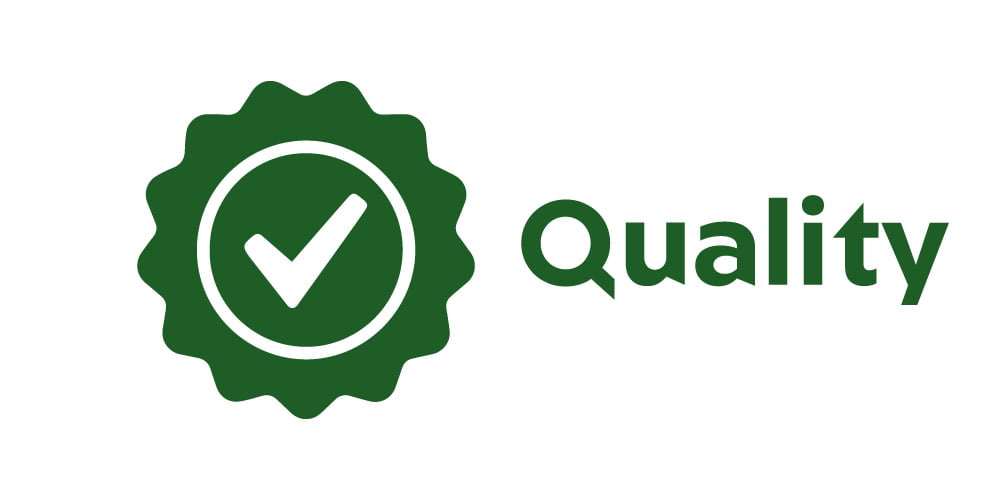
Color
The background color of the product and any photographs on the website should not have any strong colors.
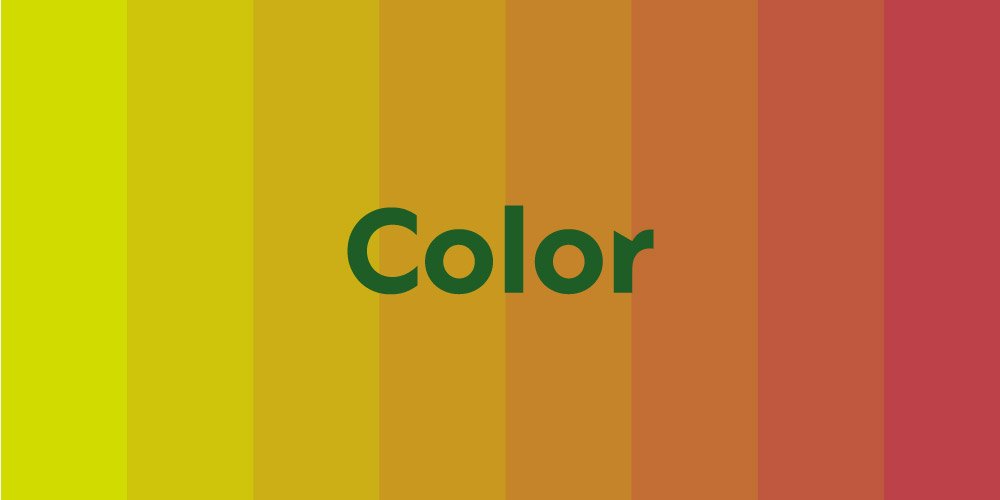
Formatting a Data File
JPEG is the most extensively used image file format, in addition to TIFF. However, other popular image file types include JPEG, PNG, and BMP.
size
The e-commerce picture should be 640 × 640 or 800 x 800 pixels in size.
Ratio
Several e-commerce sites and departments use different aspect ratios than the standard 1:1 square for their items based on their needs.
Resolution
Most e-commerce websites prefer 72 to 300 dpi resolution images.
Optimization: How can you optimize your product images for the best results on the web?
The user experience decreases when your web pages take too long to load because of sizable images. Plugins and scripts may be used to minimize image file size, which reduces the time it takes for a website to load. There are two types of file compression, and they are lossy and lossless. Though there are a few more aspects which put a great impact on image optimization.
Image Format
The most commonly used image file types in eCommerce are JPEG, PNG, and GIF. Choosing the proper file format is important to optimizing images.
Simplify things by using JPEGs for pictures or images with many colors, PNGs for basic images or images that need to be transparent, and GIFs for animated graphics.
The uncompressed PNG image format results in a higher-quality picture, but most people are unfamiliar with the other file formats. Another drawback is that PNG increases the file size as well.
The reduced file size of JPEG comes at the cost of some picture quality, but that’s offset by the higher quality of the compressed images. When it comes to animated graphics, GIF is the ideal option since it only employs 256 colors and has lossless compression.
Compression Is The Next Step
Now if we talk about picture compression, which greatly impacts image quality. You can select from a number of image reduction choices. Using a different image compression tool will result in different settings for each.
Image compression is a standard function in many image editing programs, including Adobe Photoshop, On1 Photo, GIMP, and Affinity Photo. Because they are quick and simple to use, image optimization plugins are popular among new users and major organizations.
The Size Of The Image
When you import a picture from a digital camera or a smartphone, the file size and quality are usually rather significant (height and width).
Most of these images have a 300 DPI resolution and dimensions of at least 2000 pixels. You may use these high-resolution images for printing or desktop printing. But these pictures are not appropriate for use online.
Picture file sizes may be drastically reduced by resizing the image to a more sensible size. An image editing program on your PC may easily resize photos for you.
For instance, a picture with a file size of 1.8 MB, a resolution of 300 DPI, and a resolution of 4900 x 3200 pixels was optimized.
We decreased the file size to 103 KB by using the JPEG format and resizing the picture to 1200×795 pixels. That’s a 94% reduction in file size compared to the original.
These are the most important aspects of picture optimization.
Wrapping Up
To conclude, for an eCommerce company, picture sizes are the most significant component, so pick the right size for your goods, as well as concentrate on product image quality, editing, and photography methods.
